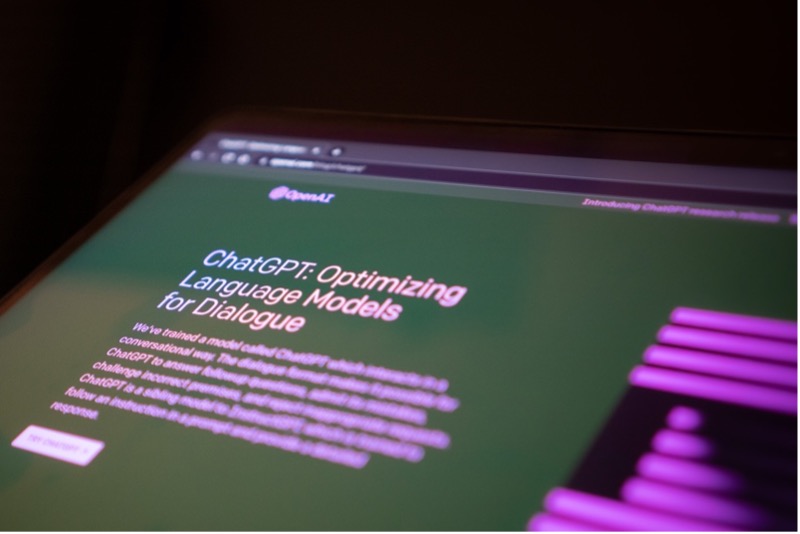When aiming at reducing burnout while simultaneously enhancing team resilience and performance, one has to rely on novel ideas.
As Paula Davis from the Stress & Resilience Institute in Milwaukee explains in a recent feature of the NANO Tool series by the Wharton School: “Much has been said about the importance of individual resilience as critical to success. But although the bulk of organizational work is done by teams, there is little acknowledgment of — never mind guidance relating to — team resilience.”
A cornerstone in the burn out literature has long been the Job demand resource model developed by Bakker and Demerouti. One of its core messanges is that job demands need not necessarily decrease, but rather job resource need increasing. In other words: the solution isn’t to put workers on more vacations, but rather giving them the tools to conquer their challenges.
Naturally though, no organization has infinite manpower and finance. Paula has therefore put together five quick to be implemented, less obvious resources available to every group.
- Keep an eye out for Repetitive Tasks: clearly Identify them and make them easier, automate, or get rid of them. This contributes to saving the most precious and finite resources of them all: our time.
- Identify Role Models and assign mentors – or be one yourself. Many employees might think - wrongly so - they have to “handle it alone” or just “toughen it out”. This actually only increases team and individual stress while increasing workload, as the struggling member is not fully contributing. By finding someone in a different functional area willing to help you meet a goal, you can leverage their expertise to create better outcomes and reduce burnout potential.
- Install a learning culture. Allow for asking silly questions and embrace a shift towards a culture that is supportive of experimentation, innovative thinking, and controlled risk taking. Famous example of this include Satya Nadella , who, when becoming Microsoft CEO wanted to change from a “know-it-all company” to a “learn-it-all company”.
- Early warning and intervention system Through active scanning, organizations frequently identify many more signals than they can possibly digest. So leaders need to develop ways to highlight the most interesting signals. Canvasing the wisdom of crowds is one approach, as groups are often better than individuals at making accurate judgments, since they are collectively smarter than the smartest people in them.
- Establish clear guidelines for support. Since the team’s collective performance is affecting everyone inside, it makes sense to reach out to another member when early signs of burnout start to show. A cookbook like protocol is needed to allow easy steps to be completed by every individual in case of emergency.
Paula says it further helps tremendously to talk in teams about previously mastered challenges at work, sharing stories of resilience. The results are always inspiring, and everyone gets a new perspective on a problem. Some might picture themselves as the crucial player in a sports team, others as a star attorney. Whatever the story or way to cope with the pressures of daily corporate life: if it ever gets too much, these quick and easy techniques might offer a new perspective for relief.






